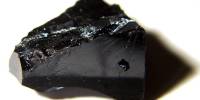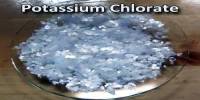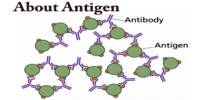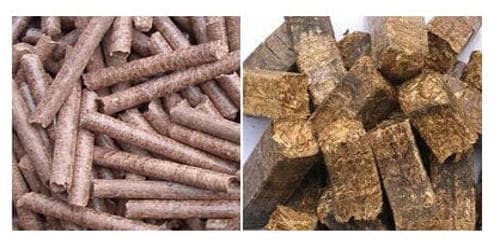Niobium monoxide is the inorganic compound with the formula NbO. It is a grey solid with metallic conductivity. It’s a transition metal oxide with niobium in a +2 oxidation state. This compound is part of a broader category of transition metal oxides, which can exhibit various interesting properties and applications.
Niobium monoxide typically crystallizes in a cubic or sometimes a distorted cubic structure. Its physical properties can vary depending on the specific form and conditions under which it is prepared.
Structure and electronic properties
NbO adopts an unusual cubic structure, similar to the rock salt structure but with some missing atoms compared to it, so that both niobium and oxygen atoms have square planar coordination geometries. The niobium centers are arranged in octahedra, and there is a structural similarity to the octahedral niobium clusters in lower halides of niobium. In NbO the Nb-Nb bond length is 298 pm which compares to 285 pm in the metal. One study of the bonding concludes that strong and nearly covalent bonds exist between the metal centers.
It is a superconductor with a transition temperature of 1.38 K. It is used in capacitors where a layer of Nb2O5 is formed around NbO grains as the dielectric.
Preparation
Niobium monoxide can be synthesized by reducing niobium dioxide (NbO₂) or niobium pentoxide (Nb₂O₅) with a suitable reducing agent, such as hydrogen or carbon. NbO can be prepared by reduction of Nb2O5 by H2. More typically, it is prepared by comproportionation:
Nb2O5 + 3 Nb → 5 NbO
Properties
- Chemical formula: NbO
- Molar mass: 108.905 g/mol
- Appearance: grey solid
- Odor: odorless
- Density: 7.30 g/cm3
- Melting point: 1,937 °C (3,519 °F; 2,210 K)
- Solubility: slightly soluble in HCl, insoluble in nitric acid
Applications
While niobium monoxide itself might not be as widely used as some other metal oxides, the broader class of niobium compounds can be important in various technological applications, including superconductors, catalysts, and materials for electronics.
















